Why Onboarding a New System Costs More Than You Think
Buying a new system-whether it’s a CRM, ERP, or VoIP platform-is only half the battle. The real expense comes when you try to get your team to use it. Many companies budget for software licenses and hardware but forget to account for the human side. And that’s where things get expensive. In 2025, the average cost to onboard one employee to a new system is around $1,830. But for IT-heavy systems like VoIP or enterprise software, that number jumps to nearly $8,000 per person. That’s not a typo. It’s not just training time. It’s lost productivity, IT setup, hardware, and hidden delays that add up fast.
The Real Breakdown of Onboarding Costs
Let’s look at what actually makes up the cost of getting your team up to speed. A detailed breakdown from Workwize (2025) shows that for a single employee switching to a new system:
- Hardware: $1,800 (laptop, monitor, headset, peripherals)
- Software licenses: $4,830 annually (SaaS subscriptions per user)
- IT setup labor: $300 (12 hours at $25/hour to configure accounts, install software, assign permissions)
- Productivity loss: $1,056 (24 hours of idle time while waiting for access or training)
That’s $7,986 before you even start training. And training isn’t cheap either. Training Magazine reports direct learning costs average $1,254 per employee in 2024. At $103 per training hour, a 10-hour session for a complex VoIP system costs over $1,000 right there. Add in manager time-another $1,252 per hire-and you’re already over $9,000 per person.
Size Matters: Small Businesses vs. Big Companies
Not every company spends the same. Small businesses (100-999 employees) spend between $600 and $1,800 per employee on onboarding. Large enterprises? They’re spending over $3,000. Why? Scale. Big companies have more roles, more systems, more compliance needs, and more layers of approval. They also pay more for premium software and dedicated HR teams.
But here’s the twist: small businesses often end up spending more per person in hidden costs. Why? Because they don’t have automation. One HR manager in Madison told me they spent 3 hours per employee just collecting paperwork for a new VoIP rollout. Multiply that by 20 staff? That’s 60 hours of unpaid labor-equivalent to one full-time employee for a week. That’s not on a budget line. It’s just time lost.
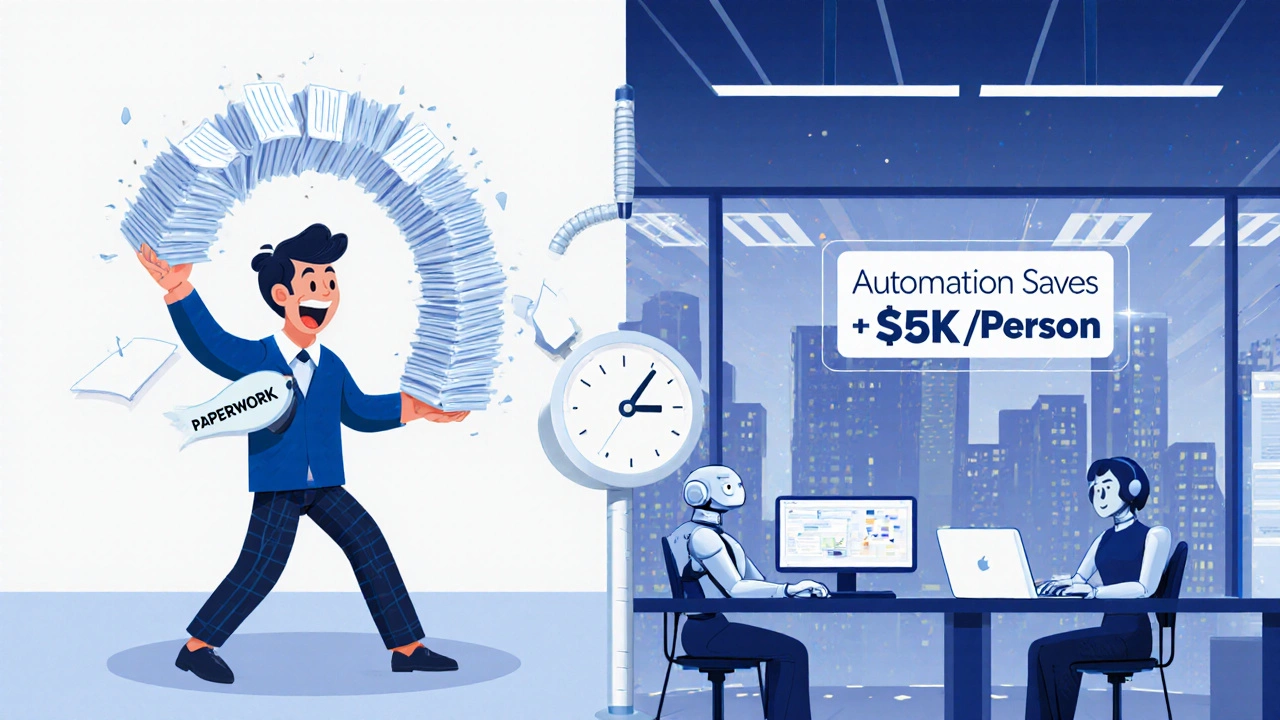
Industry Differences: Who Pays the Most?
Service industries like call centers and customer support pay the most for system training. Why? Because their employees are on the front lines. If your reps can’t navigate the new VoIP system quickly, calls drop, customers get frustrated, and revenue leaks. Training Magazine found service organizations spend $1,512 per employee on training-higher than retail ($1,299) or manufacturing.
Meanwhile, companies using AI-powered onboarding tools are seeing 27% lower training costs. That’s because AI personalizes the learning path. Instead of forcing everyone through the same 2-hour video, it gives your sales team the CRM walkthrough and your IT team the firewall configuration guide. One company in Wisconsin cut their VoIP training time from 16 hours to 9 just by switching to an adaptive platform.
What Happens When You Skip Proper Training?
Skipping training isn’t saving money. It’s gambling with adoption. A Capterra review from a Director of Operations in Ohio says it all: “We spent $120,000 on a new CRM but only $8,000 on training. Six months later, 40% of staff weren’t using it at all.”
That’s not just wasted money. It’s broken workflows. Employees fall back to spreadsheets and sticky notes. Managers spend hours answering the same questions. Productivity drops. Turnover rises. BambooHR found companies with poor onboarding see 52% higher turnover in the first year. And replacing an employee costs 200-300% of their annual salary, according to HR thought leader Dr. John Sullivan.
On Reddit, an HR professional shared that after onboarding 50 staff to a new ERP system, their real cost wasn’t the $500 training fee-it was the 15% productivity drop across every department for six weeks. That’s lost revenue, not just training cost.
How Long Does It Take to Get Productive?
There’s no one-size-fits-all answer. For a simple tool like a new phone system, employees might be up to speed in 2 weeks. For a full ERP or cloud-based contact center platform? It can take 8 to 26 weeks. The key is role-specific training.
Call center agents need to know how to transfer calls, check call history, and use CRM pop-ups. Finance staff need to know how to generate reports and export data. IT needs to know how to troubleshoot SIP trunking and firewall rules. Generic training doesn’t cut it. The best companies design onboarding paths by job function.
Companies that do it right-like Texas Instruments-cut time-to-productivity by 60 days. That’s two months of lost revenue saved. And those companies see 60% higher productivity and 52% better retention.

What’s Working in 2025: The New Rules of Onboarding
Onboarding isn’t a one-day orientation anymore. It’s a 12-month journey, says Josh Bersin. The best companies now treat it like a continuous process-part of performance reviews, feedback loops, and ongoing learning.
Here’s what’s changing:
- Just-in-time learning: 68% of employees prefer learning while working-short videos, pop-up tips, chatbot help-instead of sitting through a 2-hour lecture.
- AI-powered personalization: Workday and ServiceNow now use AI to suggest training based on what you’ve clicked on, what tasks you’re doing, and where you’re struggling.
- Automated provisioning: Tools like Leena AI auto-create accounts, assign permissions, and send onboarding checklists without HR lifting a finger.
- Manager accountability: Companies now tie manager performance to onboarding success. If your team isn’t using the system after 60 days, it’s your problem too.
These aren’t luxuries. They’re necessities. Gartner predicts that by 2026, 75% of large companies will use AI to customize onboarding. If you’re still sending PDF manuals and scheduling group Zoom sessions, you’re already behind.
How to Build a Realistic Training Budget
Here’s a simple formula to estimate your onboarding cost per person:
- Hardware: $1,800 (laptop, headset, monitor)
- Software: $4,830 / 12 = $402 monthly (spread over a year)
- IT setup: $300
- Productivity loss: $1,056 (24 hours of salary)
- Training time: 15 hours × $103/hour = $1,545
- Manager time: $1,252
- Documentation & tools: $200 (LMS license, printed guides, quizzes)
Total: ~$10,435 per employee in the first year.
But here’s the trick: if you automate 50% of this, you cut it to under $5,000. That’s still a lot-but it’s manageable. And if you reduce time-to-productivity by 30 days, you save another $1,000+ in lost output.
Final Reality Check
Onboarding isn’t an HR chore. It’s a business investment. The companies that treat it like one-tracking costs, measuring adoption, and adjusting in real time-are the ones seeing 218% higher income per employee, according to eLearningIndustry. The ones that treat it like a checkbox? They’re stuck with half-used software, frustrated staff, and a system that never delivers on its promise.
If you’re rolling out a new VoIP system, CRM, or ERP, don’t just buy it. Plan for the people. Budget for the time. Measure the results. Because the software doesn’t make the difference. The people using it do. And if they’re not trained right, it’s just expensive paperweights.
What’s the average cost to train one employee on a new system?
The average cost is $1,830 per employee for general onboarding, but for technical systems like VoIP or ERP, it jumps to $7,986. This includes hardware, software licenses, IT setup, lost productivity, and training time. Most companies only budget for the software, which is why they’re shocked when the real cost hits.
Why is productivity loss counted as part of training cost?
Because employees aren’t working while they wait for access, learn the system, or fix mistakes. That’s real lost revenue. Workwize estimates 24 hours (3 workdays) of idle time per employee-costing about $1,056. That’s not theoretical. It’s salary paid for zero output. Ignoring this makes your budget look cheaper than it really is.
Can we save money by doing training in-house?
Yes, but only if you have the right people. Training your own staff sounds cheaper, but it often means managers spend 10+ hours per employee instead of 2. That’s $1,252 per hire in lost leadership time. Plus, untrained trainers make mistakes. Automated platforms like Leena AI or Workday reduce setup time by 35% and cut errors. Sometimes outsourcing the process saves more than it costs.
How long should onboarding take for a new VoIP system?
For basic users (receptionists, sales reps), 2-4 weeks is enough. For IT staff or call center supervisors managing call routing, IVR, and analytics, expect 6-10 weeks. The key is role-based training. A one-size-fits-all session will leave half your team confused and the other half bored.
What’s the biggest mistake companies make during system onboarding?
Thinking it’s over after the first week. Adoption isn’t a launch-it’s a rollout. Many companies stop training after 30 days, then wonder why 40% of staff aren’t using the system. The best companies check in at 30, 60, and 90 days. They track usage, fix blockers, and reward early adopters. Onboarding doesn’t end when the software goes live.
Should we hire a consultant for system onboarding?
If you’re rolling out a complex system to more than 50 people, yes. Consultants bring proven templates, know common pitfalls, and can set up automated workflows faster than your HR team can write an email. The cost? $5,000-$20,000. That’s less than the productivity loss from a failed rollout. For small teams under 10 people, DIY with a good LMS works fine.


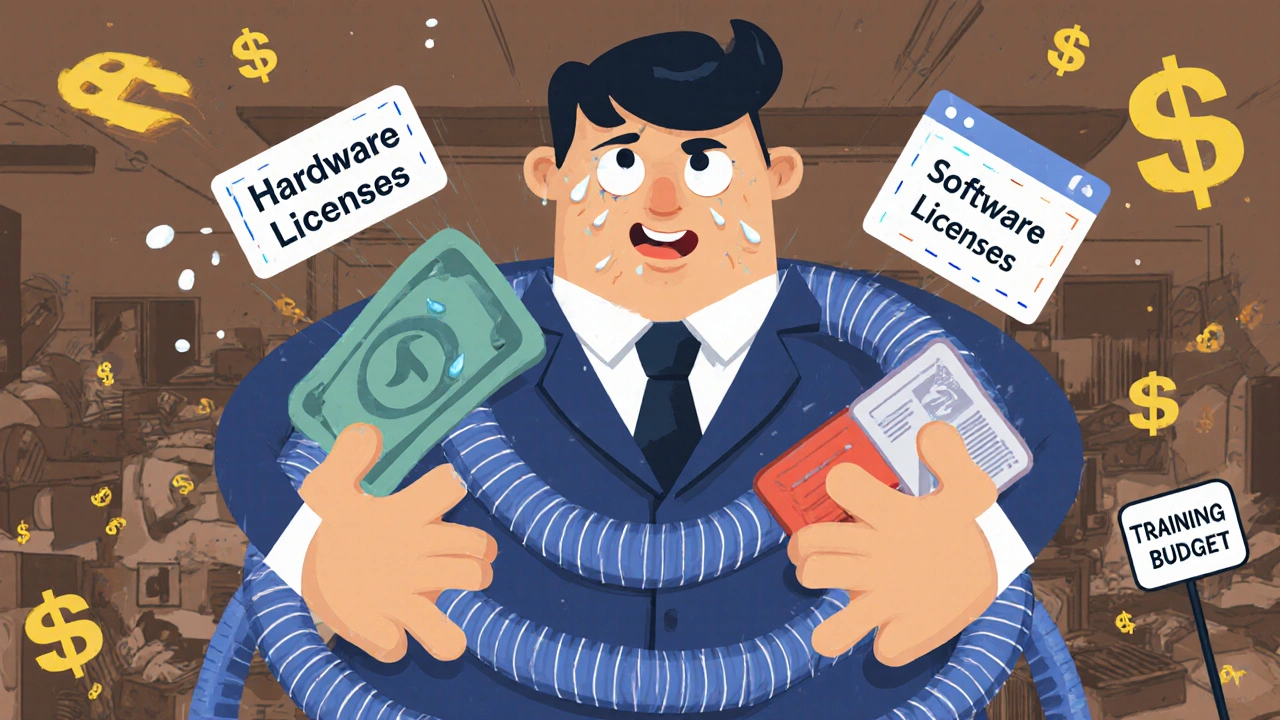
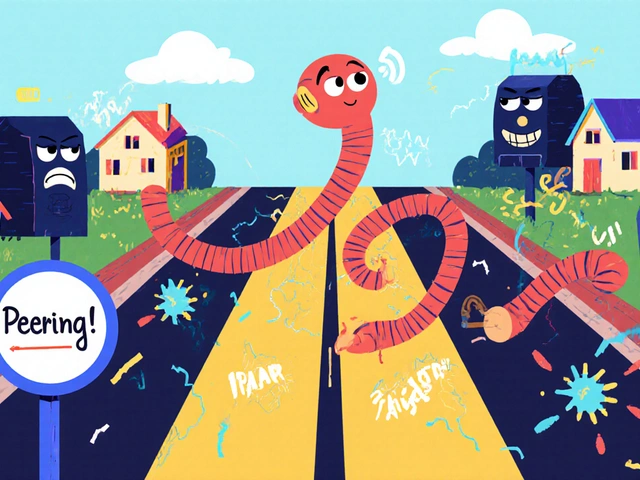


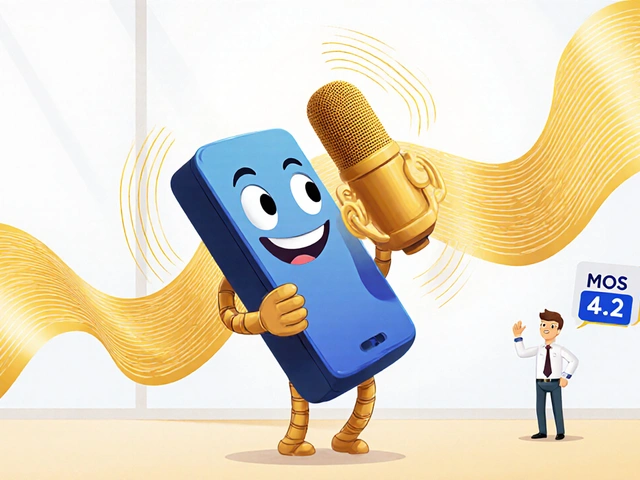

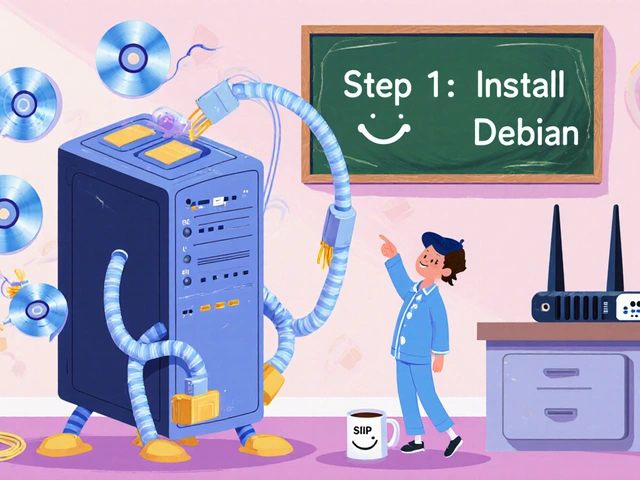

Frank Piccolo
31 Oct 2025 at 08:55Let’s be real-$10k per employee? That’s what happens when you let HR run tech ops. I’ve seen companies spend six months training people to use a CRM that literally just replaces Excel. Meanwhile, my startup rolled out Notion in a day with a 10-minute Loom video and a Slack bot. People adapt. Stop over-engineering everything. You’re not launching a NASA mission-you’re giving people a tool. If they can’t figure it out after two tries, maybe they shouldn’t be on your team.
And don’t even get me started on ‘manager accountability.’ My manager’s job is to hit quotas, not babysit software onboarding. If your system is so fragile that it breaks without a 15-hour training seminar, you bought the wrong damn product.
Also, AI personalization? Cute. I’d rather have a 5-minute cheat sheet than a chatbot that asks me ‘How are you feeling about SIP trunking today?’